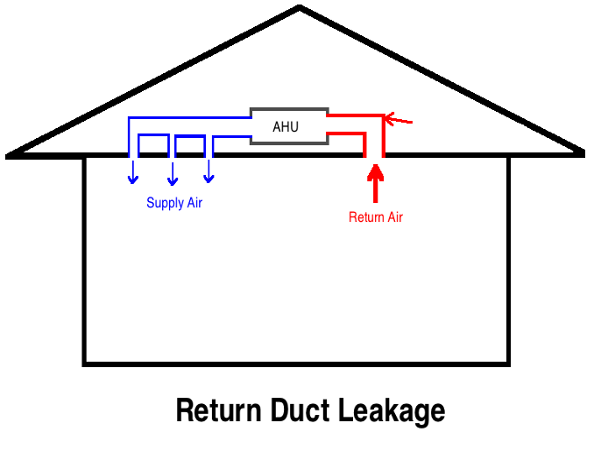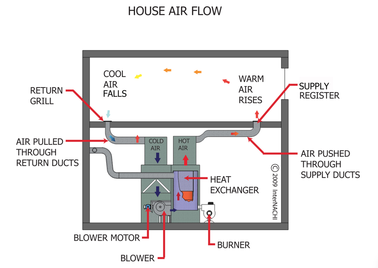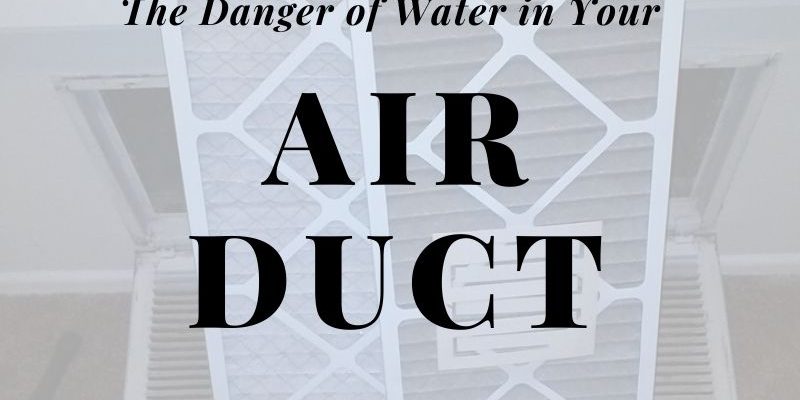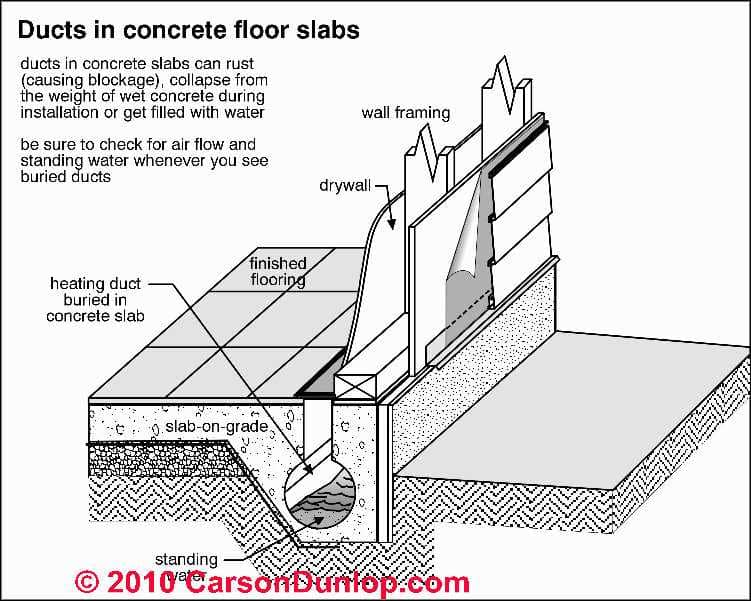The most likely explanation for the water in your ducts is that warm interior air is entering the ducts during the winter and the moisture in the air is condensing on the interior of the cold ductwork.
Return air duct filled with water.
Once you determine these systems are working well run a dehumidifier in the area where your air ducts are collecting water.
This is where the water is supposed to exit.
Martin holladay editor of green building advisor responds.
This pulls the air across your body.
You can fill the canal with gravel so water can move easily and can even cover the top with sod to conceal it from the rest of your lawn.
Also lots of cold air is coming thru return grille and travels down into main area.
The return air vent openings need to be on the opposite side of the room so the conditioned air is pulled across the room.
This is more likely to happen when ducts located in unconditioned spaces like attics are not adequately insulated and the air in them is not circulated on a regular basis.
The system ia a ruud silhouette ii gas furnance located in attic which supplies a bonus room and bath over a garage with stairwell leading down into first floor of.
3 seal off unused a c ducts.
This will reduce moisture in the air and prevent condensation in ductwork.
If you still have moisture in your air ducts seal off unused a c air ducts and supply and return vents in the winter.
The idea is to direct the water flowing under the top soil into the canal instead of having it leak into your air duct.
There are two possible ways to solve this problem.
If the supply ducts are in the floor then the return air should be located up high.
Water condensation is collecting inside of return air duct about 6 8 feet from filter grille.
If the supply ducts are high or in the ceiling then the return air ducts or grills should be low on.




























